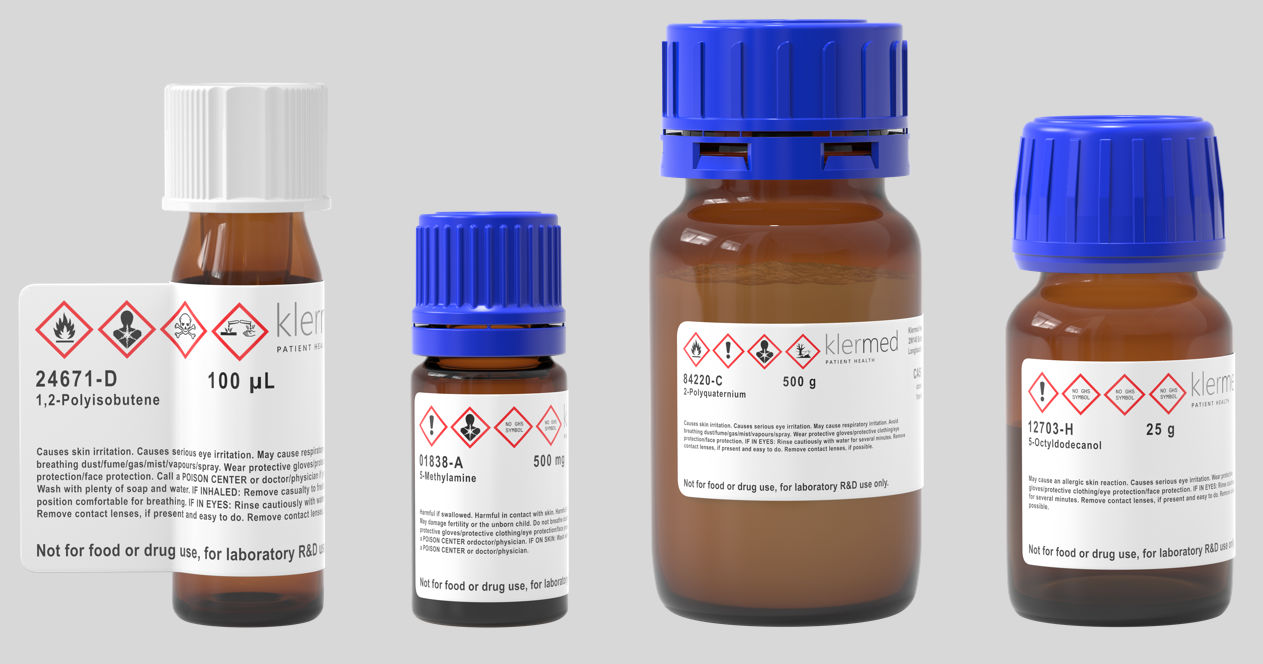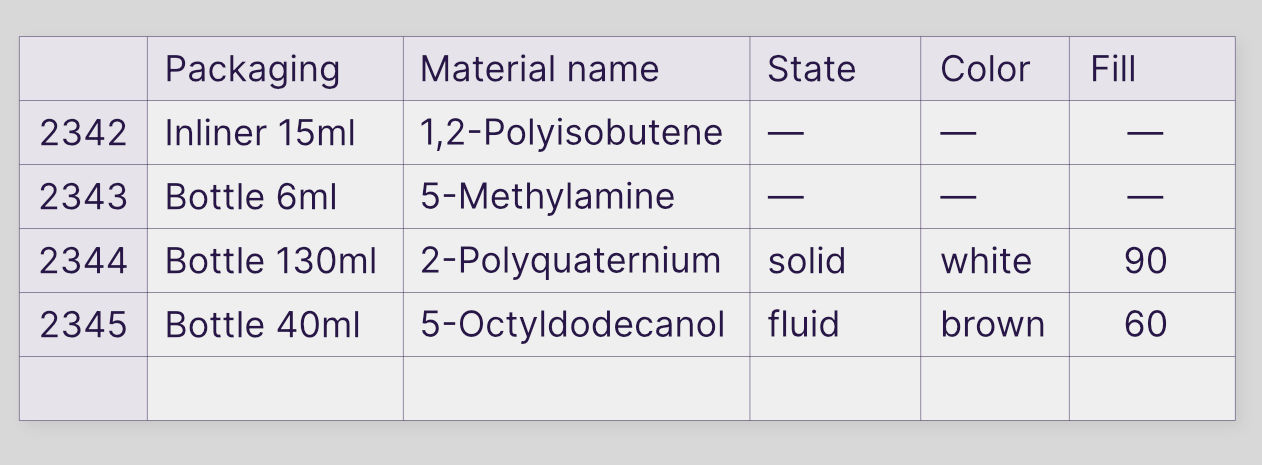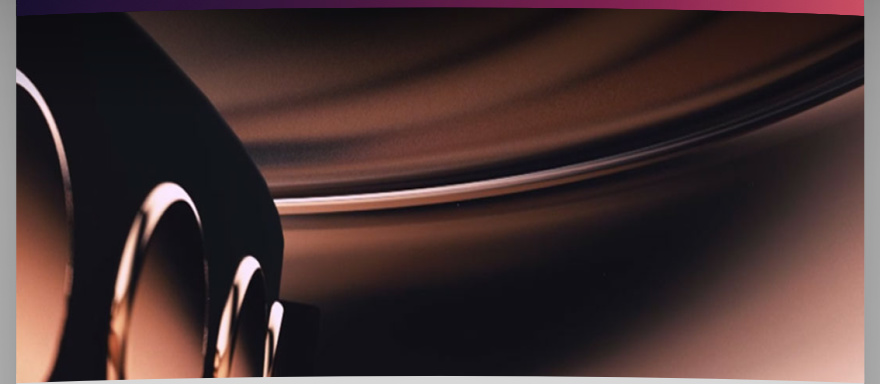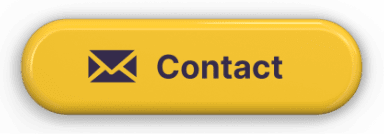Photorealistic 3d renderings of vast product portfolios.
3D rendering is a perfect option to produce product images with a minimal budget. Thanks to the digitization of artwork and product data, at Rendorama almost all steps of image creation can be automated.
Complex algorithms create highly convincing simulations of light, shadows and reflections. Completing a product rendering is an intensive process and can take a couple of minutes – in some cases days – depending upon the size, complexity and resolution of the 3D rendering being created. Whether it is smooth, wood grain or the surface of a display, 3D renderings show every shape and nuance of the products.
3D previews of the product rendering are generated across the entire project. This is done as either per still image or 3D animation. In the case of a 3D product animation, all frame numbers are superimposed to allow for easy referencing in the conversation. Render optimizations are then performed to produce the 3D animation as efficiently as possible.
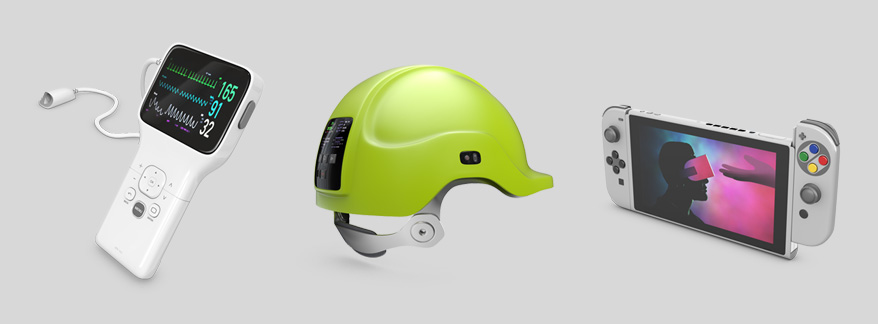
Rendering based on Excel data
For several thousand products, a fully automated 3D setup and data transfer via Excel list or interface is recommended. We can render labels, tags, fill heights and material variations directly from Excel data, including metatags for import into product and image databases.
After delivery of the product data, quality checks are first performed (e.g. bracket errors in chemical formulas). Then the labels are generated and the vessels are rendered. This enables us to create even high-volume batches consisting of several thousand products in a timely manner. Below is an example project by Rendorama from the pharmaceutical sector including product parameters:
